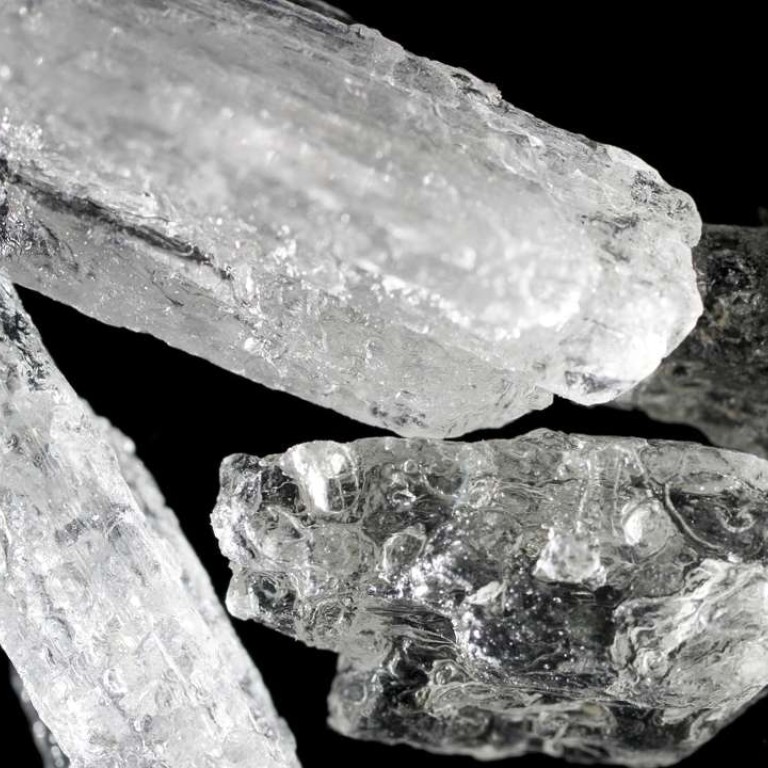
Young people addicted to Ice four times more likely to have urinary problems, Hong Kong study finds
First large-scale review of its kind also reveals those taking methamphetamine with ketamine are nine times more likely to have such trouble than non-users
Youngsters addicted to the methamphetamine known as Ice are four times more likely to develop urinary problems than those who do not use the drug, a Hong Kong study has found.
Researchers at the Chinese University of Hong Kong said their findings revealed students taking Ice experienced frequent urination and incontinence.
They added that medics had known for years that ketamine, another drug popular in Hong Kong, harmed bladder and urinary functions but that the effects of Ice had been less known.
“There are some misconceptions that Ice can replace side effects brought on by ketamine,” Dr Tam Yuk-him, the study’s principal investigator, said. “We need to dispel such ridiculous thoughts.”
In the study, 11,938 students from 45 secondary schools were interviewed between 2012 and 2014.
Tam said it was the world’s first large-scale study to review how drug use affects urinary problems in young people, noting the research came after smaller scale studies in Taiwan and South Korea.
More than 300 students, or 2.7 per cent of the respondents, said they had used drugs in the past. Of the 300, 47.8 per cent stated they had urinary problems.
Ice can stimulate the production of dopamine and adrenaline, leading to contractions of the urethral sphincter
That stood in contrast with those who stated they had never used drugs. Around 18.5 per cent of this group experienced urinary problems.
For those who took Ice and ketamine together, the chance of developing urinary functions was found to be nine times higher than those with no history of drug use.
Professor Ng Chi-fai of the university’s urology division said Ice affected the urethral sphincter, which comprises muscles controlling the exit of urine from the bladder.
“Ice can stimulate the production of dopamine and adrenaline, leading to contractions of the urethral sphincter,” he said.
Tam added that ketamine could lead to inflammation of the bladder and permanently scar it.
“Taking two types of drugs at the same time could mean harming the bladder in two different ways,” he said.
Government figures showed Ice last year surpassed ketamine as the most popular drug in Hong Kong among people aged 21 or younger.

